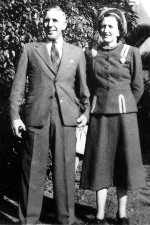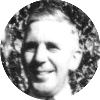 |
Jack Seaborn Wilcox Ancestors Family and Descendants
|
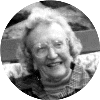 |
|
|
|
Sitemap |
| Contact The Wilcox Family |
|
Last update: March 16, 2024, 21:09 |
| Welcome to the Okinya Wilcox Site |
Welcome to the Okinya Wilcox SiteWebsite being developed for the "Okinya" Wilcoxes by Sid (Sidney) Wilcox.
Family Trees, histories, notes and documents from Jack Seaborn Wilcox's earliest known ancestor Thomas Wilcox b. 1777c & Mary ? b.1778c through to Jack & Betty's children and including family trees and notes for Welman, Norton and Hague-Smith ancestors.
Last Updated - 15/03/2024 New PDF Historical Files Added- Details of updates This website will not be updated for birth deaths & marriages in future. Check for latest on WIKITREE WILCOX HISTORY 1780 to 1932 WILCOX HISTORY 1910 TO 2002 WILCOX FAMILY TREES WILCOX FAMILY PHOTOS DOCUMENTS RELEVANT LINKS
"Okinya" & Ancestor Photos -
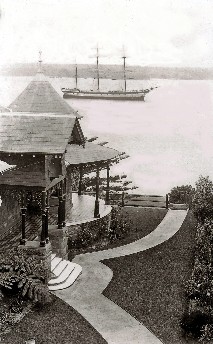 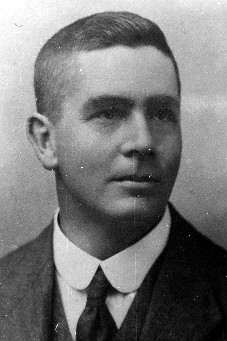  Okinya was built in 1898 by George Seaborn Wilcox Constance Navena Wilcox (nee Welman) 1900?
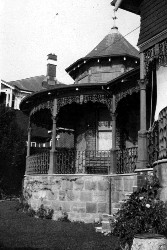  OKINYA (1925)
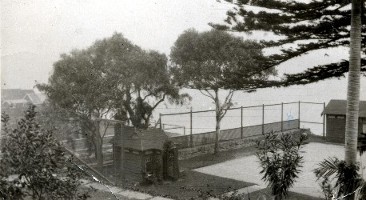 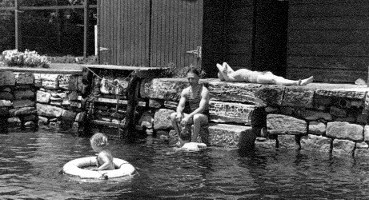 Okinya Cubby House & Tennis Court Okinya Swimming Pool c1937
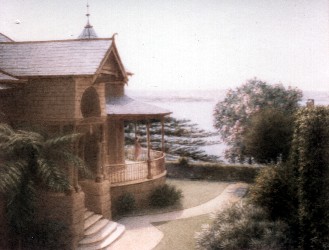 Okinya front entrance 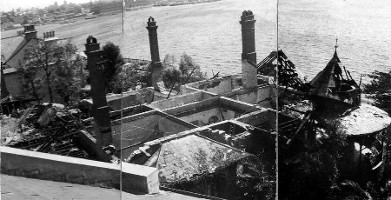 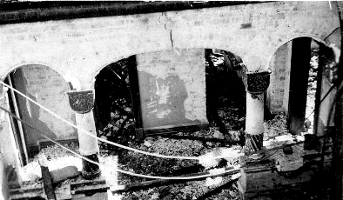 OKINYA was burnt down in September 1953 OKINYA was burnt down in September 1953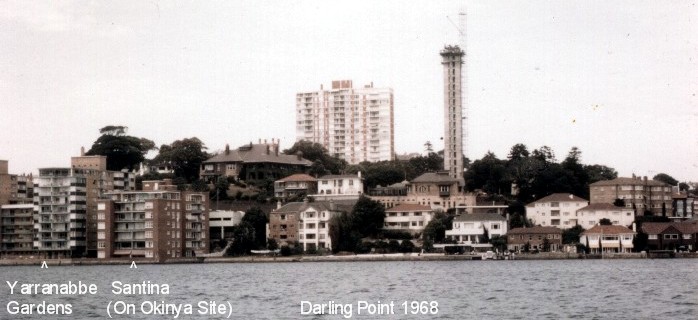 Units on the "Chollerton", "Yalalunga" & "Okinya" sites where the three Wilcox homes once stood at Darling Point 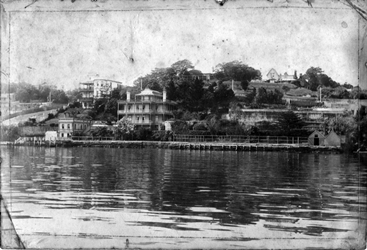 The original site of Okinya as part of the Chollerton property
In 1957 the Okinya site was sold and "Santina" was built on the site. Betty and family moved to Gordon and then Castlecrag in 1958. 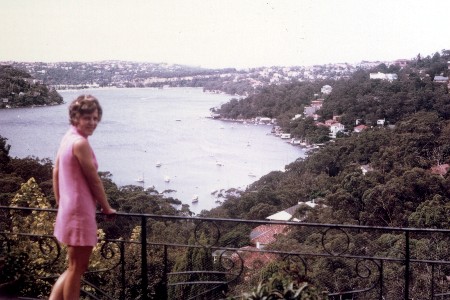 The view of Sailor's Bay from Betty's Castlecrag home in c1969 Back to CONTENTS & INDEX
|
| top | next » |
